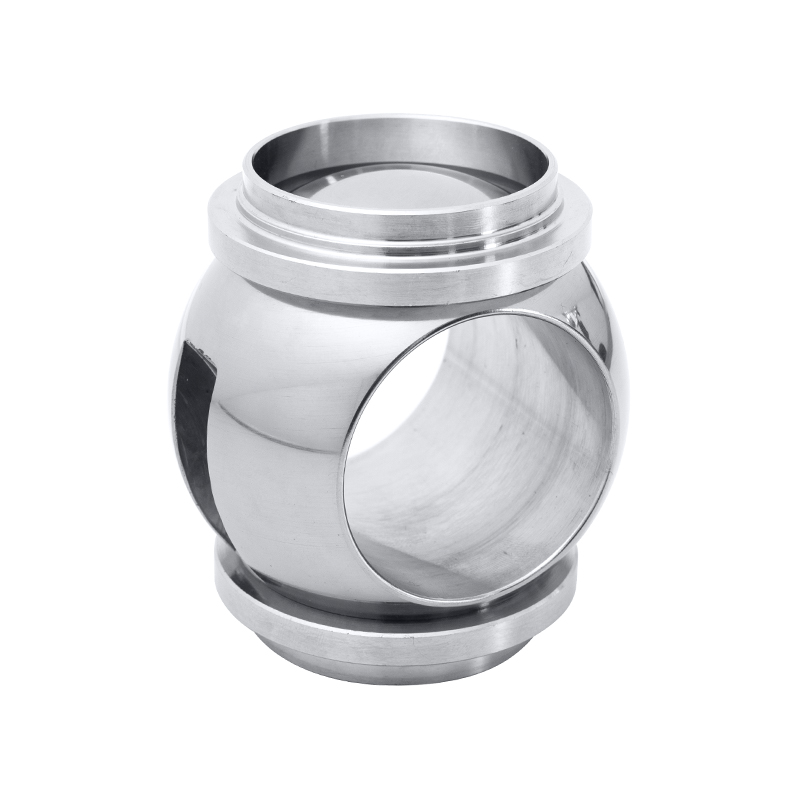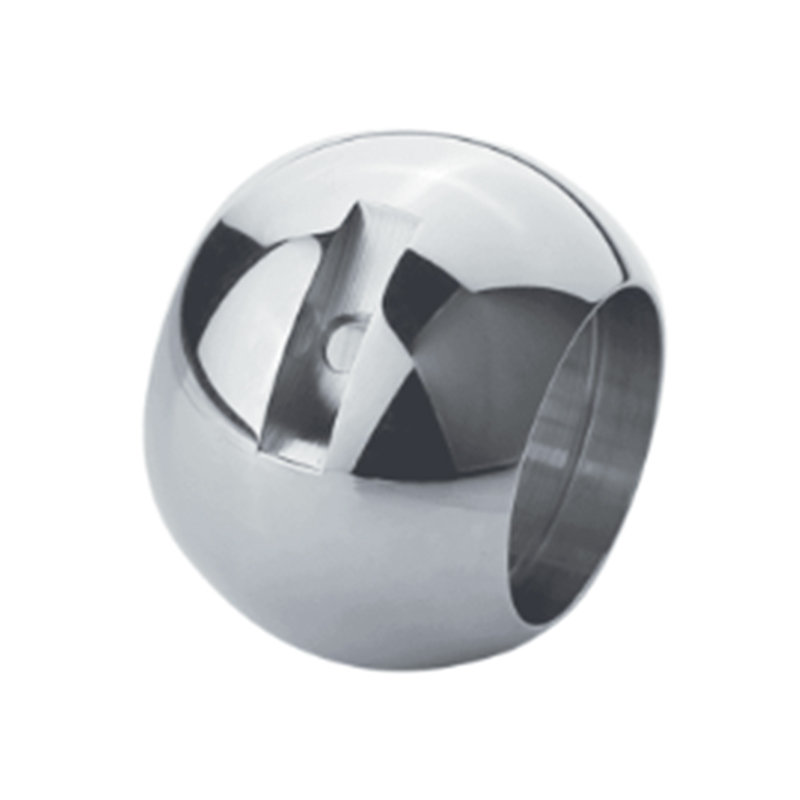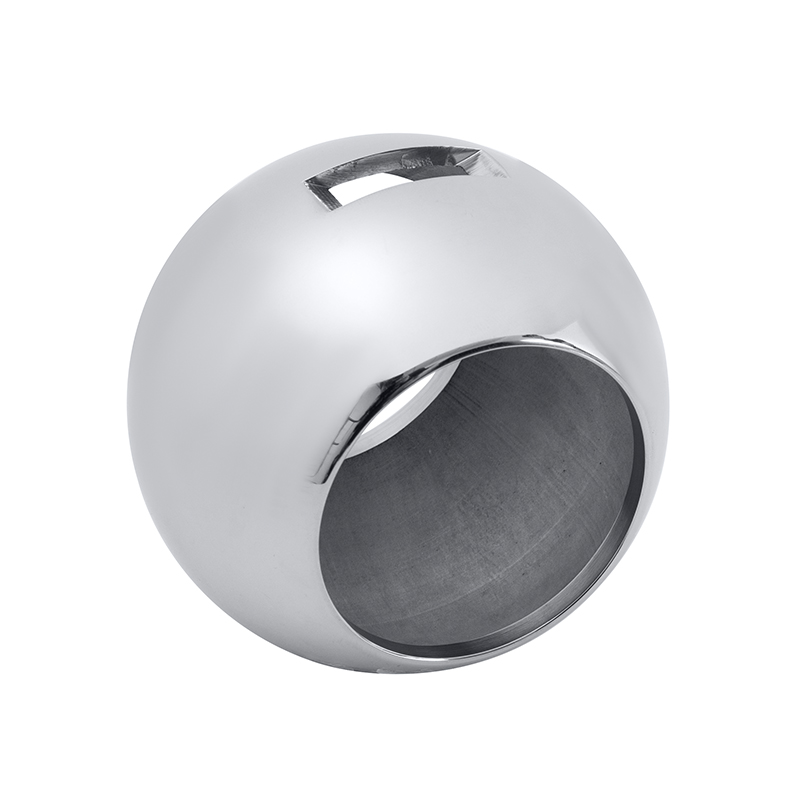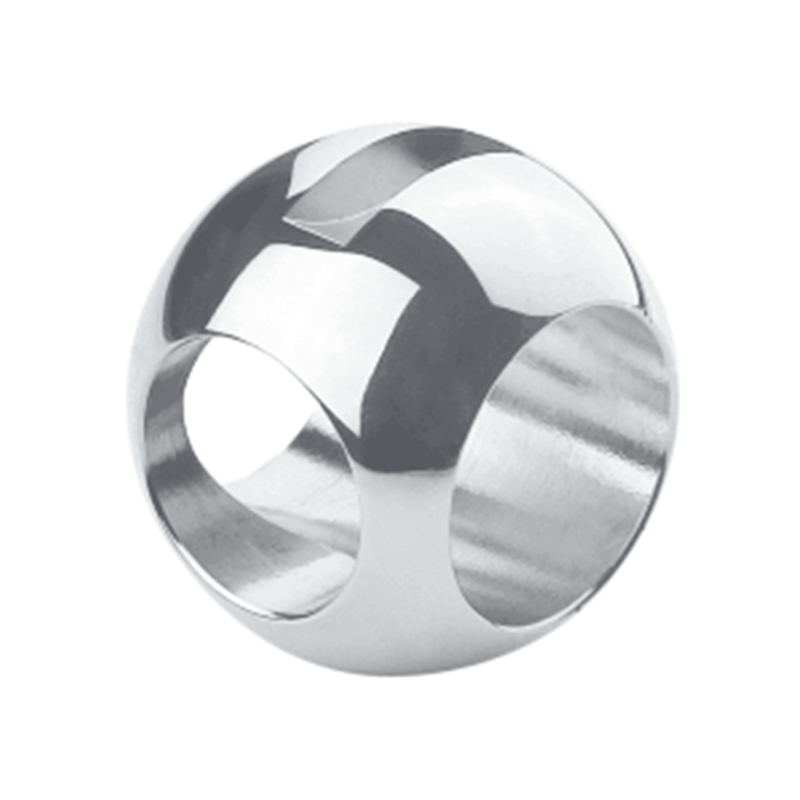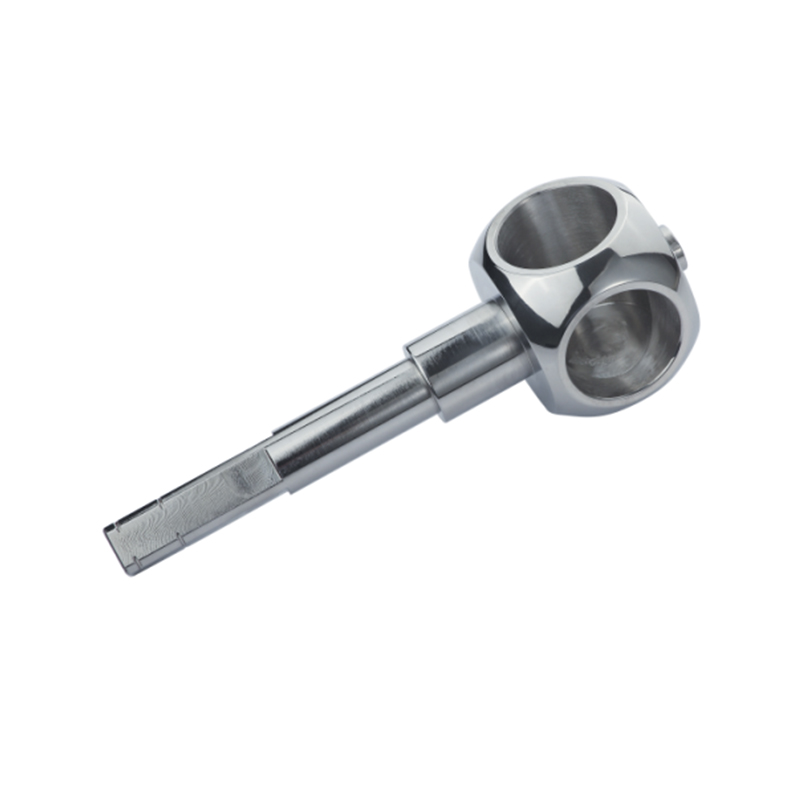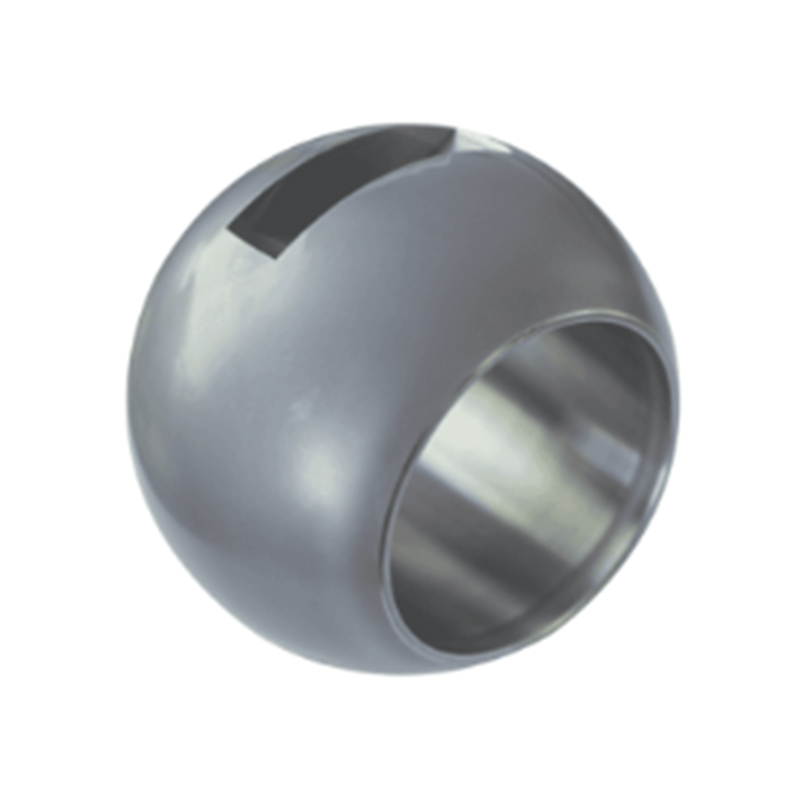In the world of fluid control systems, innovation is often focused on improving efficiency, durability, and ease of control. One area seeing growing attention is the retrofitting of older piping systems with newer valve ball technologies. As industrial systems, HVAC units, and water treatment plants age, the need for upgraded components becomes more pressing. Among the more promising advancements are the motorised 3 way ball valve and the mini float ball valve — both offering specific solutions for common retrofit challenges.
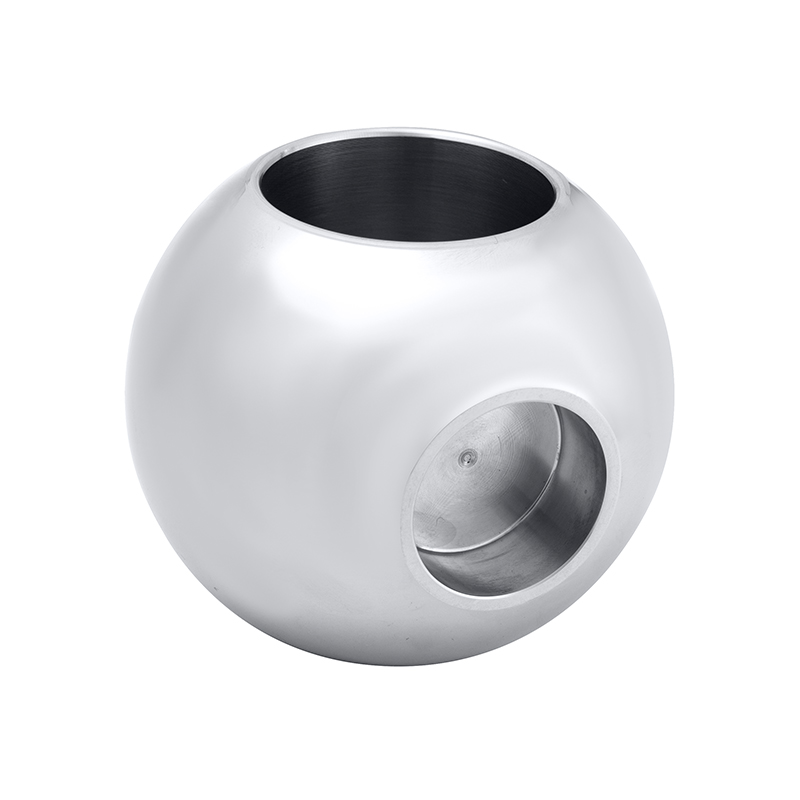
Understanding the Basics: Why Retrofitting Is Necessary
Many older systems were built using traditional gate valves or outdated ball valves that lack automation or compact design. These components often suffer from wear and tear, require manual operation, and may not support modern integration standards. Replacing an entire system can be costly and time-consuming, which is why retrofitting—upgrading key components while keeping the core structure intact—has become a practical alternative.
Valve technology plays a crucial role in determining how well a system manages flow direction, pressure control, and safety. By updating just the valves, engineers can significantly enhance the functionality of existing systems without a full overhaul.
The Role of the Motorised 3 Way Ball Valve
The motorised 3 way ball valve is a compact, electrically driven solution that allows for automated redirection of flow. Unlike two-way valves, which simply open or close to control flow in a single direction, a three-way valve can direct flow in multiple paths. This makes it highly suitable for heating and cooling systems, water distribution setups, and process control systems.
In retrofit applications, this type of valve can replace older manual or pneumatic valves, adding remote control capabilities. This is particularly useful in applications where space is tight or where manual access is limited. With the rise of smart building management systems, integrating motorised valves allows for automated operation, reducing the need for human intervention.
These valves are also known for their tight sealing, which helps prevent leakage and improves the overall energy efficiency of the system. Retrofitting an old heating unit or industrial fluid system with a motorised 3 way ball valve not only modernizes the operation but also reduces energy waste and maintenance costs.
Compact Efficiency: The Mini Float Ball Valve
Another innovation changing the landscape of retrofitting projects is the mini float ball valve. As the name suggests, this is a smaller version of the traditional float valve, designed to regulate liquid levels within tanks or reservoirs. Its compact size makes it ideal for use in small containers, narrow piping systems, and spaces where traditional valves simply won’t fit.
Mini float ball valves are often used in water tanks, irrigation systems, and certain industrial equipment to prevent overflow or maintain specific liquid levels. When integrated into existing setups, they can help automate level control with small space requirements.
These valves are particularly useful in retrofitting older tanks or cisterns that were previously monitored manually. By installing mini float ball valves, facility managers can ensure consistent levels without constant checking, improving both reliability and labor efficiency.
Key Considerations When Retrofitting
When incorporating new valve ball technology into older systems, several factors must be considered:
Compatibility: Ensure the new valve's materials and dimensions align with the existing piping system. Stainless steel, brass, and PVC options allow for flexibility based on fluid type and environmental conditions.
Control Systems: For motorised valves, it’s essential to evaluate the existing electrical or control systems. Some systems may require additional wiring or interface modules for integration.
Space Constraints: Particularly with mini float ball valves, the advantage lies in their compact design. However, proper measurement and planning are necessary to ensure correct installation.
Flow Characteristics: Understanding the flow requirements of the system will help in selecting the appropriate valve size and design. This is especially true for three-way valves, which can be configured for mixing or diverting flows.
Benefits of Upgrading With Ball Valve Technology
By switching to motorised 3 way ball valves and mini float ball valves, older systems can gain:
Greater automation and remote control capabilities
Enhanced sealing to less leaks
More precise fluid flow control
Compact design solutions for tight installations
Reduced maintenance demands over time
While the upfront investment in new valve technology might appear significant, the long-term operational benefits often outweigh the initial cost. Reduced manual labor, fewer leakages, and better control all contribute to overall system improvement.
Retrofitting with advanced valve ball technology provides a smart pathway to extend the life and functionality of existing fluid systems. Whether integrating a motorised 3 way ball valve for sophisticated flow control or installing a mini float ball valve to maintain water levels automatically, the upgrades offer practical advantages. With proper planning and the right components, outdated infrastructure can be transformed into efficient, modern systems that meet today’s performance standards without the need for total replacement.

 English
English Español
Español Deutsch
Deutsch
